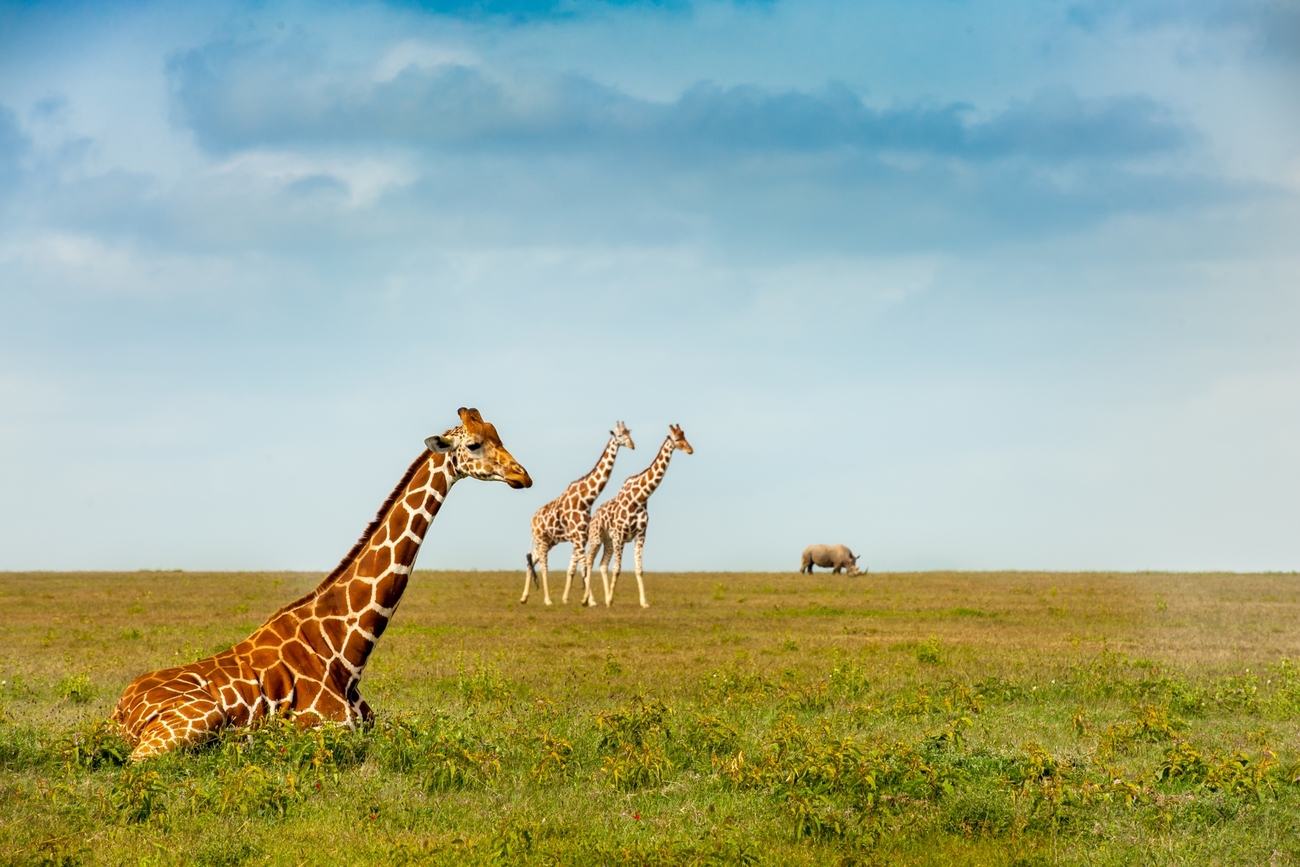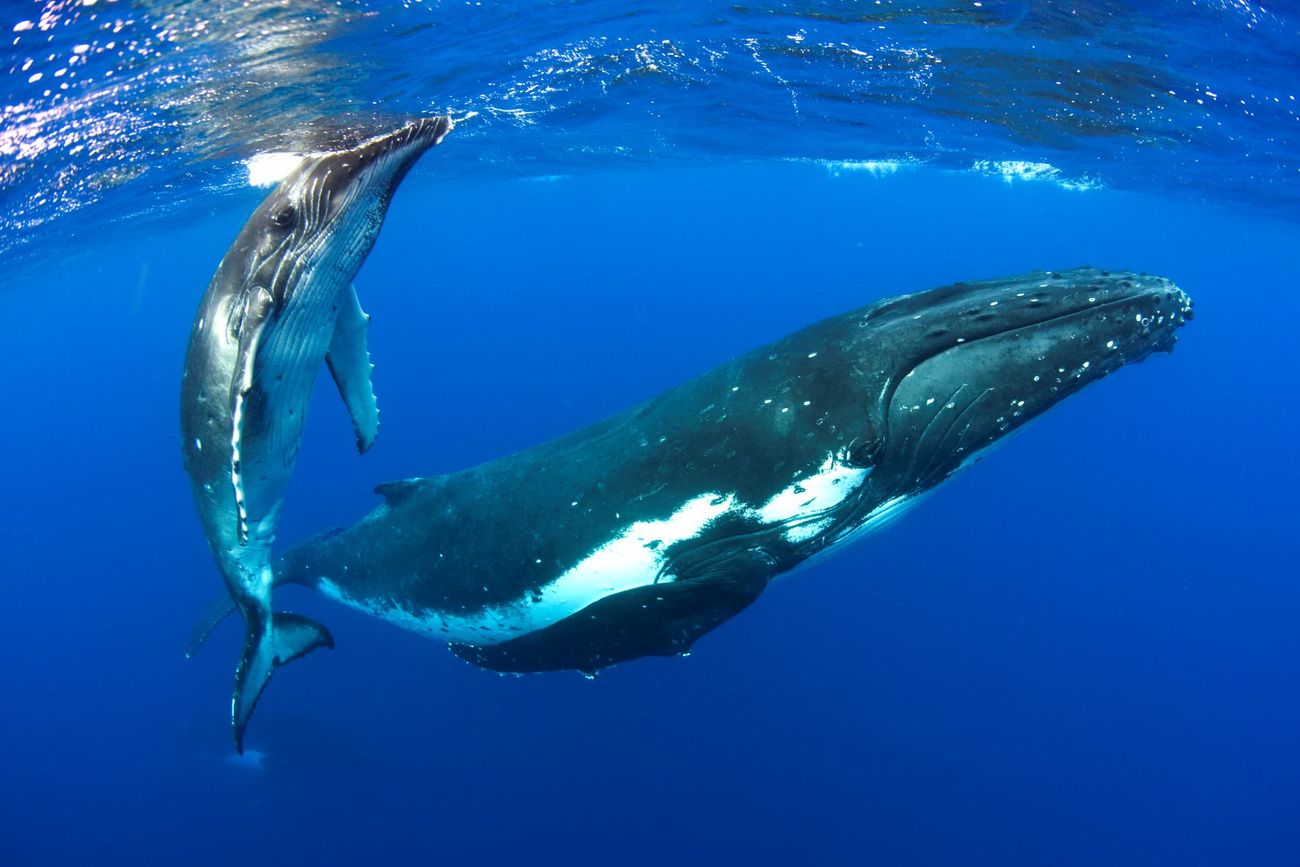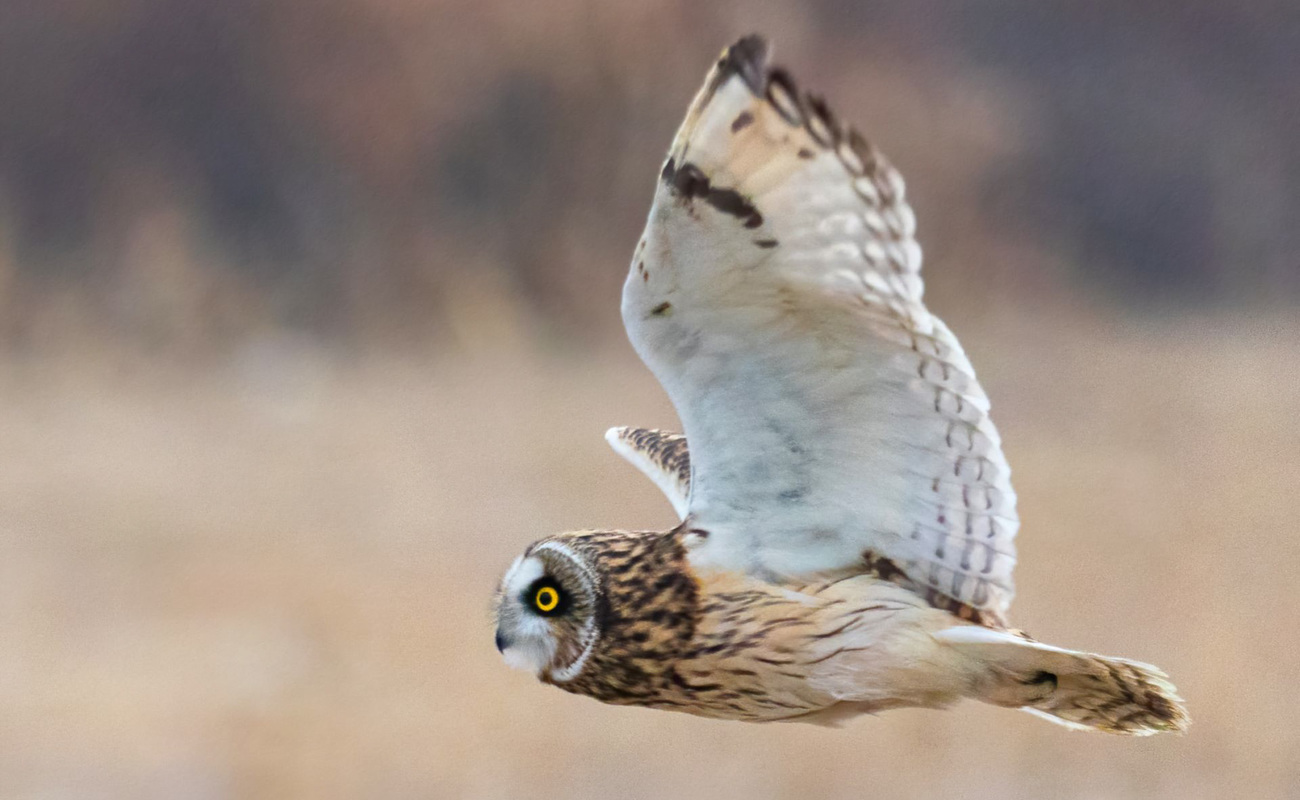12 animals that help people and the planet
12 animals that help people and the planet
Did you know that bees can help keep us safe from wandering elephants? Or that sharks keep CO2 out of the atmosphere? The animals around us—and around the world—help protect us, each other, and the planet in numerous ways.
This makes protecting animals all the more important. As a conservation and rescue organisation, IFAW is dedicated to supporting the species that keep our planet healthy. Learn more about our work and how you can get involved.

Here are just a few of the animals we owe a thank you.
1. Elephants
As the largest land animals on Earth, elephants play a major role in their ecosystems for a few different reasons. First, they consume as much as 150 kilograms (330 pounds) of vegetation every day, and store significant amounts of carbon in their dung, which then enters the soil—not only benefiting it as a fertiliser, but also preventing the greenhouse gas from entering the atmosphere. Their dung disperses seeds, too, so many plants have elephants to thank.
Second, elephants are always on the move. As they roam through woodlands and savannahs, they tear down the brush and trees that block their paths. While this may sound detrimental, it actually benefits their ecosystems. By uprooting thorny bushes, elephants prevent open plains from becoming overgrown. They also thin out the trees competing for sunlight, which encourages new plants to grow.
Third, elephants lend a helping hand to the smaller animals around them by breaking branches. Some animals can’t reach their food sources without elephants bringing them closer to the ground. Also, as they dig for underground water sources with their strong feet, trunks, and tusks, they create watering holes for animals that can’t do so themselves.
So, how does all this benefit us? The biodiversity that elephants support helps provide vital resources for humans, too. We all need shade, sunlight, fertile soil, water, and other ecosystem services to survive. Elephants help provide some of these directly, and by providing them for other animals—some of which people may rely on for sustenance—they help prevent competition between humans and wildlife.
2. Pangolins
If you’re not a fan of ants and termites, you owe pangolins a thank you—one pangolin eats as many as 70 million per year. This prevents forests from being destroyed by termites. Digging for insects with their long, sharp claws, they also create burrows that help spread nutrients and aerate the soil, which is why we call them ecosystem gardeners. These burrows give other small animals their homes. Pangolins also tear apart rotting logs and termite mounds, which assists the breakdown of organic and inorganic matter, cycling minerals and nutrients throughout these forests.
Pangolins provide pest control and gardening services, packaged in a shy, small, and scaly mammal—what’s not to love? Unfortunately, they face the constant threat of poaching, which is why IFAW is working to protect them.
3. Rhinos
As megaherbivores, rhinos are essential to maintaining the plant life of their habitats. Many people who live around rhino habitats depend on the natural resources they help provide. By wallowing in puddles, they keep existing water sources open and create new ones. After wallowing, the fertile soil from the mud sticks to their bodies, and as it dries and eventually falls off, it spreads around their ecosystems. Their dung, which rhinos use to mark their territories, also benefits the soil. The savannahs they maintain act as natural carbon sinks, helping in the fight against climate change.
4. Giraffes
Since they’re the tallest land animals in the world, giraffes can reach parts of trees no other species can. This means they help with the pollination and seed distribution of these plants, as well as encouraging new growth of existing trees. Like rhinos and elephants, they also support soil fertilisation with their dung.
Giraffes also support the survival of smaller animals by providing an early warning system against predators. They can spot carnivores like lions from miles away, so when a giraffe starts running, other prey animals follow suit. By helping out various different species, giraffes promote biodiversity, which provides incredible benefits for us and the planet.
5. Whales

Did you know that whales help provide at least half of the oxygen we breathe? They do this because they feed phytoplankton—tiny, plant-like organisms that live near the surface of the ocean. Through photosynthesis, phytoplankton capture carbon dioxide and release oxygen, which also helps combat climate change.
Whales feed on a variety of marine animals, including krill and fish, deep in the ocean. When they come to the surface for air, they also defecate. Whale poop acts as a fertiliser for phytoplankton, which powers them to absorb hundreds of thousands of tons of carbon from the atmosphere each year. This makes whales vital in our fight against climate change and shows why they are so important to protect.
6. Koalas
Koalas are important to ecosystems in Australia in a few different ways. First, their droppings fertilise the forest floor, which promotes plant growth—and some small mammals and insects feast on them, too. Second, birds are known to use koala fur in their nests, as it is highly insulating. Third, koalas help preserve eucalyptus forests—if koalas disappeared, other animal populations that would then be able to access eucalyptus would surge, leading to the decimation of the trees. By protecting koalas, we help protect hundreds of other plant and animal species. Because Australia is so often wrought by bushfires, it is vital to keep the species alive that protect these ecosystems.
7. Dogs
Many of us are intimately familiar with how dogs can help us in myriad ways. In our homes, classrooms, nursing homes, and hospitals, therapy dogs help relieve stress and anxiety and provide numerous benefits to children with ADHD and autism. Assistance dogs, known as service dogs in the US, receive specialised training to help individuals with disabilities.
Specially trained dogs help wildlife rescue teams search for injured, sick, and missing animals. For example, IFAW works with the University of the Sunshine Coast Detection Dogs for Conservation team in Australia, in which dogs detect sick and injured koalas to help the team conduct health and habitat surveys. One detection dog, Bear, can find koalas by the scent of their fur. Another, Billie-Jean, locates fresh koala faeces for DNA sampling, and recent recruit Austin identifies koala and quoll habitats.
Many dogs also help rescue people during disasters. A winner of our 23rd annual Animal Action Awards, Davey the Spaniel, serves with Lancashire Fire and Rescue Service in the UK as a search and rescue dog, working at sites of earthquakes and explosions to search for high-risk missing people.
Detection dogs can also help us combat wildlife crime by sniffing out shipments of animal parts. Senseo and Sonic are two such dogs who help stop wildlife trafficking in Benin. Bruce and Boris help fight against jaguar poaching.
8. Bats
Bats aren’t just spooky creatures of the night—they help us in numerous ways. Just like bees, butterflies, and birds, bats are pollinators. If you enjoy bananas, mangoes, cashews, avocadoes, peaches, or figs, you can thank bats for helping to pollinate their flowers and disperse their seeds.
Bats also eat insects, helping control the populations of mosquitoes, beetles, and moths. Not only does this help prevent pesky mosquito bites and the diseases they spread, but it also reduces the need for pesticides in agriculture. Additionally, bats’ manure (called guano) is rich in nitrogen, which helps fertilise our soil.
9. Sharks
Despite their fearsome reputation, sharks help us far more than they hurt us. Their feeding behaviours affect the population and distribution of prey species, which is vital for maintaining the balance of marine ecosystems. Our oceans are crucial in the fight against climate change and produce about half of the world’s oxygen. One way in which sharks help combat climate change is by preying on sea turtles, which would otherwise overpopulate and overconsume seagrass beds.
Sharks eat the fish that consume algae-eating fish, so they indirectly protect the populations of algae-eating fish, which prevents algae from taking over the ocean and smothering coral reefs. Like whales, sharks also spread nutrients from the deep ocean to shallower waters through their faecal matter.
10. Bees
As pollinators, bees are responsible for producing much of the food we eat. Three-quarters of the crops we grow depend on pollinators, including bees. If pollinating insects were to disappear from the planet, crop production would immediately decline by 5-8%. Honeybees alone pollinate about 80% of all flowering plants. Besides pollination, bees can help us by preventing human-wildlife conflict. IFAW helped install a beehive fence in Malawi, which prevents elephants from wandering too close to humans, as the largest land mammals on Earth avoid these tiny insects so they don’t get stung in their eyes, ears, or trunks. This is important because encounters between people and elephants can quickly become dangerous for either party.
11. Primates
Our closest animal relatives are important to protect for a number of reasons. For one, because they are so similar to humans, we can study other primate species to learn more about ourselves. In many areas, primates also promote tourism or are important to cultural and religious beliefs.
Primates also are important for their ecosystems. They disperse seeds through their feeding habits, which promotes plant growth and diversity. Primates are often the animals responsible for dispersing the seeds of large-seeded tree species, which often have high densities of carbon. Thus, primates assist with carbon sequestration, helping to combat climate change.
12. Birds

Like bees, many bird species serve as important pollinators. Many are also key dispersers of seeds that provide us with plants we use for food, timber, medicine, and recreation. Depending on their diet, others help control insect populations.
Birds of prey are top predators in the sky, which means they play the ecological role of controlling mice and rat populations. Overpopulation of rodents can pose health risks to humans, so it’s important that we protect birds of prey like hawks, eagles, kestrels, owls, and falcons. Some birds, like vultures, feed on animal carcasses—they’re nature’s sanitation crew.
Birds are also important to researchers, who study their presence to measure the health of ecosystems and the impact of toxins. In addition, since many people are avid birdwatchers, they promote ecotourism. Lastly, the guano (poop) of seabirds is rich in nitrogen and other nutrients, making it a great fertiliser.
Related content
Our work can’t get done without you. Please give what you can to help animals thrive.